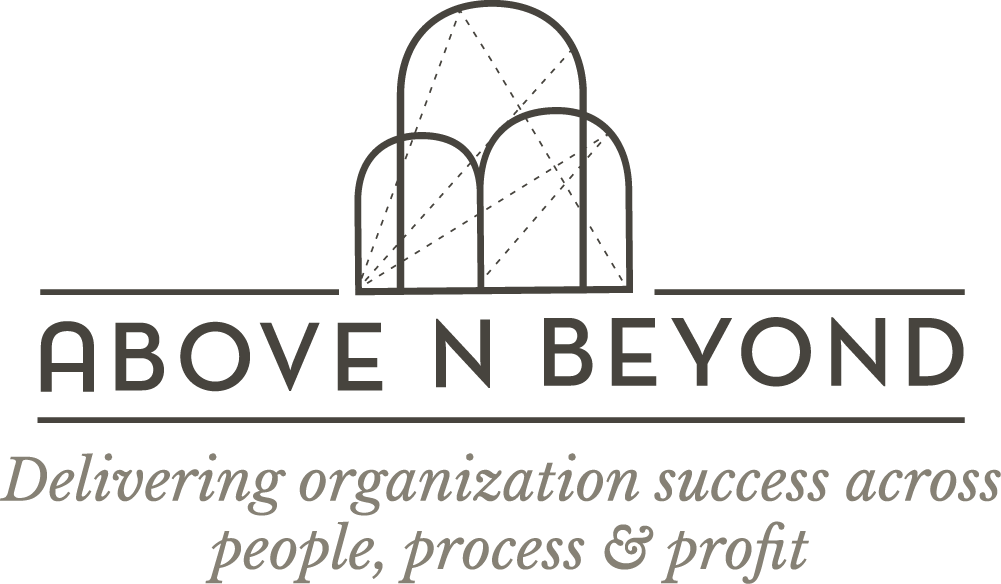How to be a Self-Aware Leader
In today’s dynamic business world, today’s leaders are consistently being challenged to achieve organizational business outcomes. As technology evolves at a frenetic pace and the millennial workforces redefine the nature of work, leaders need to equip themselves to address these many challenges.
There are several qualities that a leader needs to succeed in this energetic environment. But, as this article in the Harvard Business Review states, the one quality that trumps all when it comes to every great entrepreneur, manager, and leader, is self-awareness. By being more aware of what motivates them and their decision-making, leaders can considerably improve their effectiveness.
It is important to understand and be aware of one’s own biases, limitations and points of view. Conviction is a great quality, but a good leader needs to be aware of their blind spots or at least acknowledge that they could have blind spots. Self-awareness promotes humility and makes leaders more willing to appreciate and embrace new ideas.
Self-awareness is also essential for leaders to be able to enhance their own value proposition and meaningfully expand their influencing capability. Therefore, before they set out to transform their organisations, leaders need to look inward and ask themselves, ‘What changes do I need to make for myself?’.
To drive cultural and business changes, leaders need to focus on these four aspects – self-awareness, self-management, social awareness and relationship management – apart from cognitive intelligence.
Enabling Self-Awareness
Above N Beyond’s approach to enabling resonant leadership is based on our SEEK framework. The foundational construct is about driving the individual towards self-discovery, vis-à- vis a self-discovery model through interaction. This is because a quest to build self-awareness is inherently tied to self-driven outcomes. There are components of building self-awareness and ensuring alignment with the organisation:
- Self
An understanding of the leader’s personal ‘why.’ What are their personal aspirations? What do they see as their life’s purpose and calling? Which are the positive emotion drivers for the individual? Does closing a big sale give them a high? Or do they focus more on building deep, long-term relationships with customers?
- Role
How does the role need the leader to behave? How well are they aligned with it vis-à-vis their personal goals? What is the delta between the aspirations of the self, versus the demands of the role? For example, if you are a firm believer in advocating the use of public transport as a means to curb pollution, you might find yourself conflicted if you are heading a car company that markets its car as a must-have status symbol.
- Evaluating Possibilities
Once there is an understanding of the individual and the role, the next task is to chart the course of action. Consider the individual’s belief on what needs to get done and make discoveries of what will work best. Evaluate the relationships that will enable them to reach there and the organisation’s goals.
- Execution/Acting on the Agenda
The final step is about setting the learning agenda, putting processes in place to ensure commitment to the agenda, and of course a governance framework to bring in execution accountability.
You can’t fix a problem unless you are aware of what needs to be fixed. And this awareness needs to start by looking inward first.
